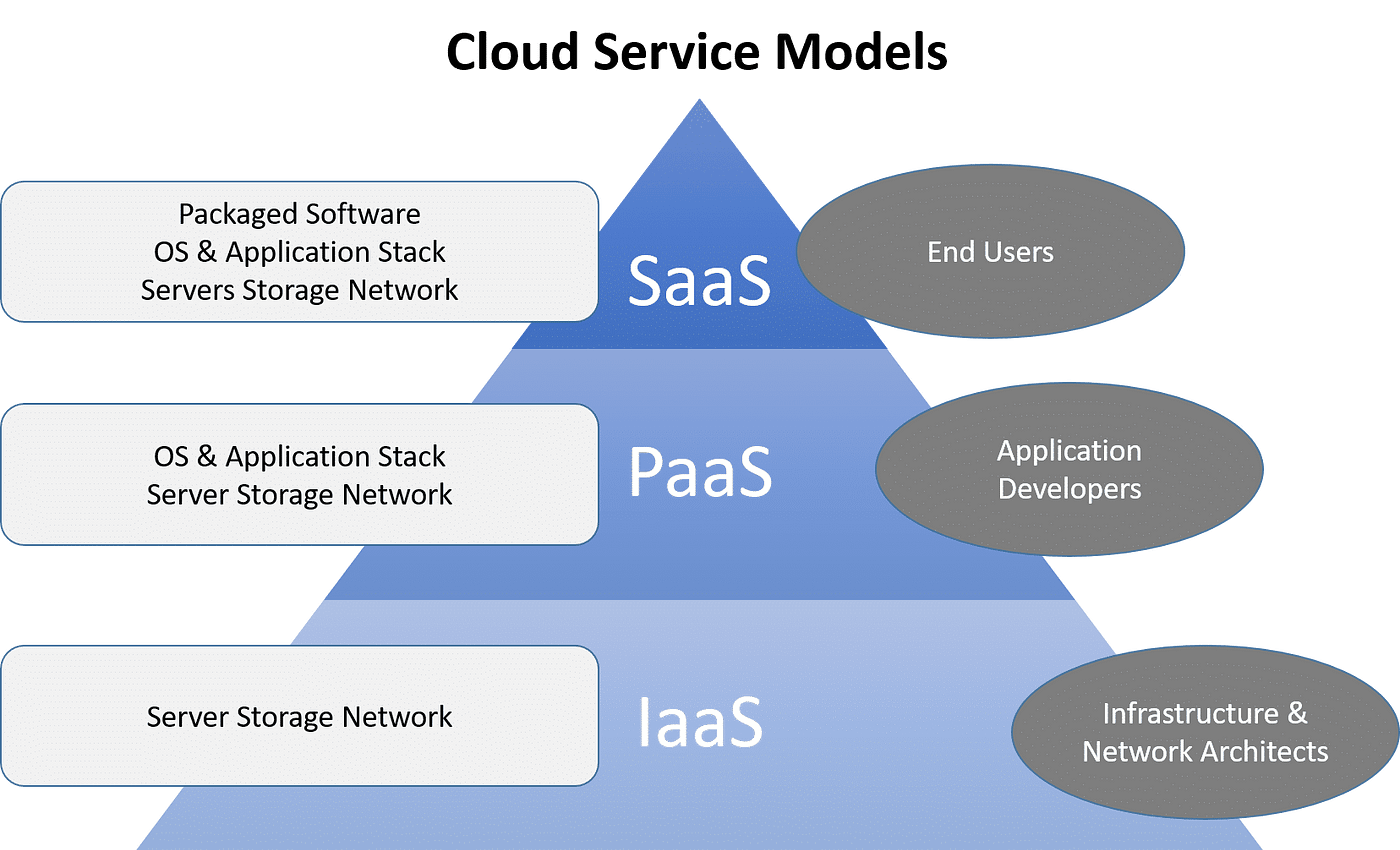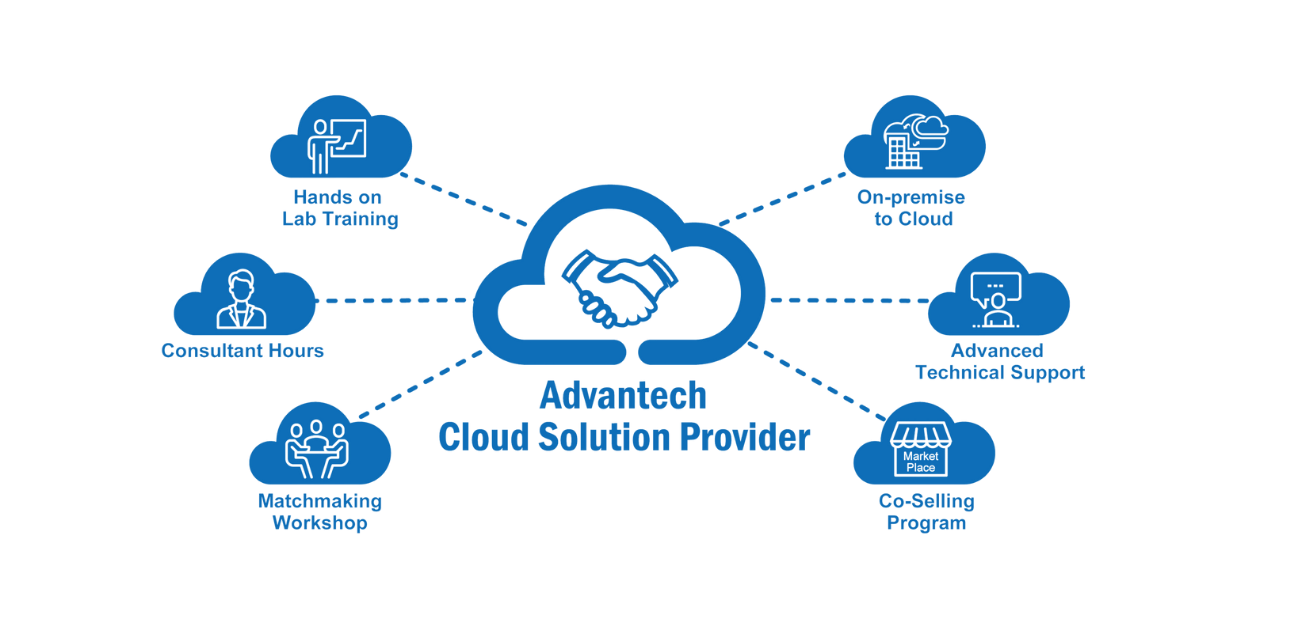LinkDaddy Cloud Services Decoded: Expert Insights right into Universal Cloud Service Advancements
LinkDaddy Cloud Services Decoded: Expert Insights right into Universal Cloud Service Advancements
Blog Article
Simplify Your Facilities With Cloud Solutions
As companies browse the ever-evolving landscape of technology and data administration, the duty of cloud services in simplifying facilities has ended up being increasingly popular. Exactly how can businesses successfully browse this change and truly open the possibility of cloud services for streamlining their facilities?
Advantages of Cloud Provider
Cloud services supply a structured technique to managing IT facilities, supplying companies with adaptability, cost-efficiency, and scalability. One of the vital advantages of cloud solutions is the scalability they provide.
Additionally, cloud solutions get rid of the requirement for companies to invest in pricey hardware and software application. This cost-efficiency is a considerable benefit, particularly for small to medium-sized enterprises wanting to minimize ahead of time expenses. By making use of cloud solutions, businesses can access top notch IT sources without the significant price connected with typical framework configurations.
In addition, cloud solutions provide services with the flexibility to access their data and applications from anywhere with a net link. This level of availability enhances cooperation among teams, enables remote job, and raises general productivity. The flexibility used by cloud solutions encourages services to adjust quickly to changing market conditions and client needs.
Price Savings and Scalability
In addition to the operational advantages highlighted earlier, the combination of cloud services into a company's infrastructure generates significant expense savings and enhanced scalability. Cloud services use a pay-as-you-go model, allowing companies to scale resources up or down based on current needs, thereby staying clear of the expenses connected with preserving excess capability. This flexibility allows business to adapt rapidly to varying demands without sustaining unnecessary expenses.
Furthermore, cloud services eliminate the need for ahead of time investments in hardware and software program, reducing resources expenditures. Operating costs are also minimized as firms no much longer require to handle and preserve physical web servers, resulting in lower power intake and IT staffing costs. Furthermore, cloud solutions supply automatic updates and upkeep, making certain that the framework stays up-to-date and safe and secure without calling for hand-operated treatments.
Boosted Protection Steps
Implementing stringent safety procedures is paramount when incorporating cloud services into a business's facilities to guard delicate data and make sure compliance with sector regulations. Cloud service companies supply enhanced safety functions such as information security, firewall software security, and multi-factor authentication to alleviate cybersecurity risks.
In addition, routine safety audits and compliance assessments assist ensure and determine susceptabilities adherence to industry requirements. Companies can also take advantage of attributes like computerized safety updates and real-time risk monitoring supplied by cloud solution providers. By focusing on safety actions and staying proactive in resolving potential dangers, services can confidently take advantage of cloud solutions while securing their valuable information from unapproved accessibility or violations.
Transitioning to Cloud Framework
To efficiently integrate cloud services into a company's facilities, a structured technique that attends to the shift towards cloud-based remedies is crucial. Transitioning to cloud framework includes cautious planning and execution to guarantee a smooth movement procedure. The initial step is to assess the existing infrastructure and determine which systems and applications appropriate for movement to the cloud. This analysis must think about factors such as information level of sensitivity, conformity requirements, and efficiency requirements.
Once the analysis is full, a migration strategy must be developed. This strategy ought to detail the timeline, sources, and duties for moving each component to the cloud. It is important to connect this strategy plainly to all stakeholders to ensure positioning and reduce disruptions throughout the change.
Throughout the movement process, tracking and screening are important to recognize and address any type of problems without delay. Routine this contact form checkpoints should be developed to track progression and make required modifications. Additionally, training for workers on utilizing cloud solutions must be provided to guarantee an effective transition and take full advantage of the benefits of the brand-new framework.
Best Practices for Cloud Adoption
Effective adoption of cloud solutions pivots on the strategic placement of business purposes with technical abilities and business preparedness. To guarantee a smooth shift to the cloud, organizations ought to begin by carrying out an extensive evaluation of their existing facilities and recognizing which workloads are best fit for cloud migration. It is important to involve essential stakeholders from different divisions in the decision-making process to get buy-in and resolve any type of concerns at an early stage.
An additional ideal method for cloud adoption is to focus on security and conformity. Organizations must carefully evaluate the security procedures provided by cloud provider and guarantee that their information is safeguarded according to sector requirements and governing needs. Executing durable data encryption, accessibility controls, and routine safety and security audits can help minimize threats related to cloud adoption.

Final Thought

As organizations browse the ever-evolving landscape of innovation and data monitoring, the function of cloud services in simplifying infrastructure has come to be increasingly popular - linkdaddy cloud services. How can services effectively browse this transition and absolutely unlock the capacity of cloud services for streamlining their facilities?
Cloud services use a streamlined strategy to managing IT framework, giving businesses with scalability, cost-efficiency, and versatility. By making use of cloud services, organizations can access premium IT sources without the webpage substantial cost tag associated with typical facilities setups.
To guarantee a smooth change to the cloud, companies must begin by performing a comprehensive evaluation of their present facilities and identifying which workloads are best matched for cloud movement.
Report this page